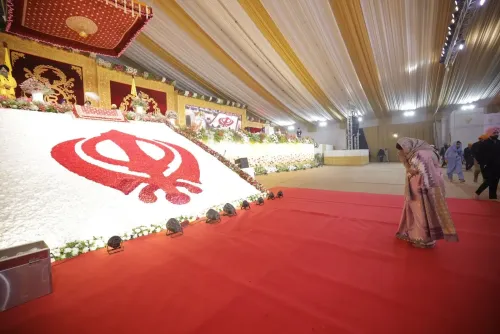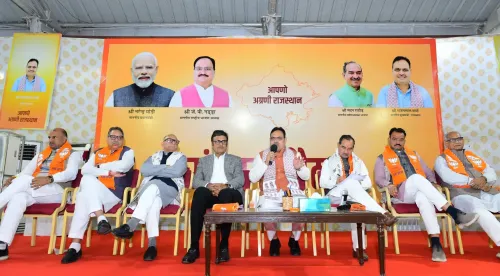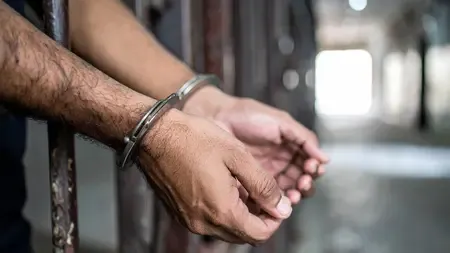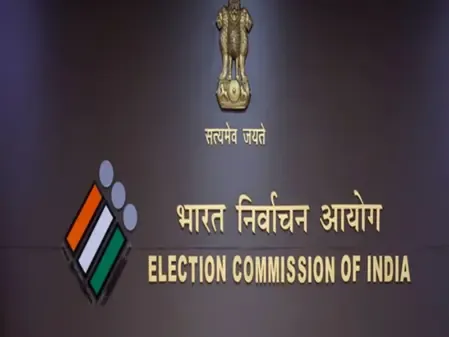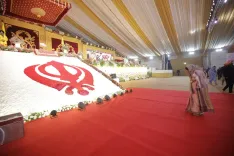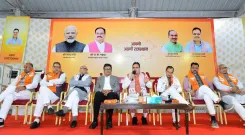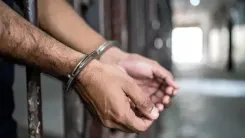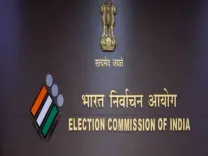How Many Villages in India Have Achieved ODF Plus Status?
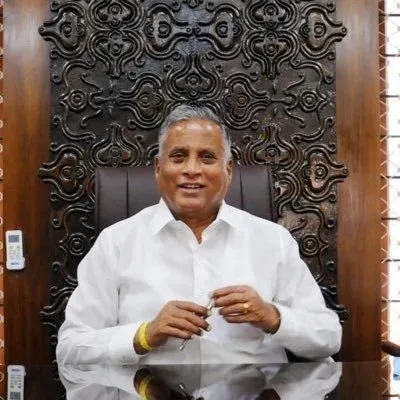
Synopsis
Key Takeaways
- 5.66 lakh villages have achieved ODF Plus status in India.
- Uttar Pradesh leads with 94,636 ODF Plus villages.
- ODF Plus certification requires effective waste management.
- The Swachh Bharat Mission is ongoing until 2025-26.
- Continuous toilet construction is crucial for new households.
New Delhi, Aug 18 (NationPress) A total of 5.66 lakh villages out of 5.86 lakh have achieved the status of Open Defecation Free (ODF) Plus as of August 13, as reported to the Rajya Sabha on Monday.
The Minister of State for Jal Shakti, V. Somanna, stated in a written reply that an ODF Plus village is defined as one that maintains its Open Defecation Free (ODF) status, manages solid and liquid waste effectively, and is visually clean.
According to the report, Uttar Pradesh leads with the highest number of 94,636 ODF Plus villages, followed by Madhya Pradesh with 50,772, Odisha with 45,083, Rajasthan with 42,781, Maharashtra with 38,300, and West Bengal with 37,178.
Minister Somanna explained the process for a village to claim ODF Plus status, saying that a village meeting at the Gram Sabha must self-declare the ODF Plus status upon meeting all criteria.
He outlined three categories for ODF Plus villages: Aspiring, Rising, and Model.
Mandatory third-party verification must be conducted within 90 days of the initial ODF Plus declaration.
Only Model villages will undergo mandatory third-party verification, though supervisory checks may occur for all three categories by responsible officers at various administrative levels.
An ODF Plus Aspiring village maintains its ODF status and has provisions for either Solid Waste Management or Liquid Waste Management.
An ODF Plus Rising village sustains its ODF status and has systems for both Solid and Liquid Waste Management.
An ODF Plus Model village not only sustains its ODF status but also maintains visual cleanliness, minimizing litter, stagnant water, and public plastic waste, while displaying ODF Plus Information, Education, and Communication (IEC) messages.
Somanna emphasized that sanitation is primarily a State subject, with the Department of Drinking Water and Sanitation providing financial and technical assistance to the states.
The second phase of the Swachh Bharat Mission (Grameen) [SBM(G)] is ongoing from 2020-21 to 2025-26, focusing on sustaining ODF status and ensuring all villages have solid and liquid waste management, transitioning them from ODF to ODF Plus (Model).
Recognizing that constructing toilets is an ongoing process rather than a one-off task due to the emergence of new households, the construction of Individual Household Latrines (IHHLs) remains a priority under Phase II of the SBM(G).


